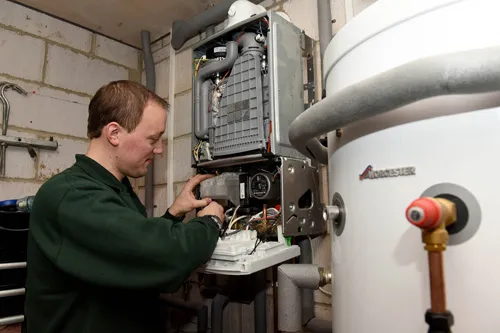

To help ensure that every regular boiler replacement goes off without a hitch, Worcester Bosch have outlined the most common issues and how to avoid them.
1. Location
Your customer may express an interest in relocating their boiler, which will in turn affect the extent of any remedial work required such as re-routing pipework or relocating the flue, and the termination of the condensate discharge pipe. So before committing to a change in location, it is wise to explain the extent of work which could be required, to manage customer expectations when it comes to time and cost.
A regular boiler system can also take up more space in the home if there is a cold water storage tank in the loft feeding the hot water cylinder, as well as a feed and expansion cistern that fills and maintains the water level of the central heating system. If this is an issue for the homeowner, because they want to free up space for a loft conversion, then a combi or a system boiler with an unvented cylinder might be a better fit.
2. Condensate Pipe
Wherever possible, we’d recommend that the condensate drainage pipe should be routed and terminated so that the pipe drains away from the boiler under gravity to a suitable internal foul water discharge point.
Remember to ensure:
- Pipework length is kept to a minimum and the route is as vertical as possible.
- Weather-proofing insulation is sized when not using a CondenseSure siphon.
- Care should be taken when siting a soak away to avoid obstructing existing services.
3. Check the Flow Rate
To avoid call backs relating to poor water pressure, it is always worth checking with the customer first if they are happy with their existing hot water flow rate. If not, replacing the boiler ‘like for like’ won’t be good enough, so you may be advised to upgrade the cylinder to a mains pressure version to offer any noticeable improvement.
4. Boiler Plus
Finally, it is a legal requirement from April 2018 (in England) that all replacement combi boiler installations must have a minimum efficiency of 92% ErP and be paired with working time and temperature controls. This is in addition to having at least one of the following four energy efficiency measures: load compensation, weather compensation, a flue gas heat recovery unit, smart thermostat with automation and optimisation. This however, does not apply to a regular boiler installation so there is no added cost or complexity.
